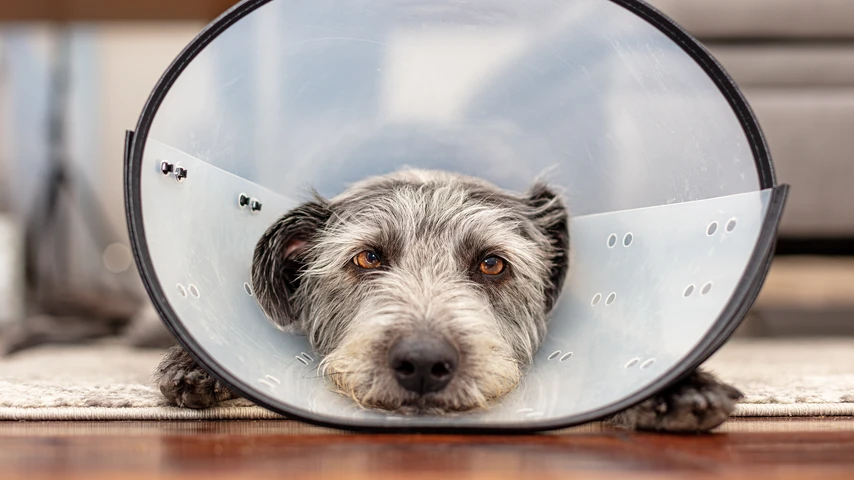Pets First Aid


Would you know how to apply first aid if your pet needed you?
Animals are notorious for wanting to explore, try new things and even eat unknown substances out of curiosity. If your pet suffers an injury due to their inquisitive nature or becomes ill for other reasons, it is up to you to take responsibility and ensure they receive the appropriate treatment.
The last thing a pet owner wants to see is their much loved dog or cat in pain. First Aid is essential if you want to make your best friend more comfortable on the way to the vet and may even save their life in extreme cases. When treating your animal’s injury or illness the most important thing is ALWAYS your own personal safety. Be wary that animals may bite or scratch you out of fear or aggression if they are in pain.

If your pet has a nasty cut that is bleeding you need to apply a firm bandage and take them to the vet.
If the cut stops bleeding and there is nothing stuck inside, clean the area with saline and ensure there is no dirt left on or around the wound. If the cut shows any sign of infection you should take your pet back to the vet.
Fight Wounds
Fight wounds often result in bad infections and will need to be treated immediately by a vet. Antibiotics needs to be given within 6-12 hours of the fight to stop the development of a deep infection. To reduce the risk of your animal getting injured in a fight you should keep your cat inside during the night and make sure your dog is securely locked in the backyard.
Broken Bones
If you suspect your pet has a broken bone, do not hesitate to take them to see a vet. Before moving them you might want to offer some support to the fracture or break by splinting injuries below the knee or elbow and dressing fractures on other parts of the body. Take extreme care when moving them and try to reduce movement near the break as much as possible.
Note: If a dog is hit by a car you can try to use a sling to move the animal (your jacket or a blanket for larger dogs). Vehicle accidents often cause a fractured pelvis in small animals, so be cautious of this when moving them.
Poisoning
Identify the poison and contact your vet immediately. If you are not certain of what the poison is, take a sample of the suspected plant or substance to the vet. Poison can cause death and it is therefore imperative that you get help for your animal as fast as possible.

If your pet’s heart isn't beating you should start chest compressions (use appropriate pressure for the animal’s size).
If your pet’s heart is beating but they are not breathing you need to perform artificial respiration.
This involves the following steps:
If your pet has stopped breathing and you can’t find a heartbeat you can use a combination of chest compressions and artificial respiration.
Putting together a first aid kit and learning pet first aid can be the difference between relief and devastation. Remember that some injuries or illnesses may not be as noticeable so pet owners need to be observant and check their animal if they notice any changes in temperament or habits.
Disclaimer: We don't offer any first aid courses for pets. Our blog on first aid for pets is just information about first aid for pet owners.

April 16, 2024
Like humans, our canine friends are susceptible to allergies, which can significantly affect their quality of life. This article aims to shed light on common allergies in dogs, their signs and symptoms, treatment options, and advice on when to consult a veterinarian.

March 19, 2024
From respiratory distress to changes in droppings and abnormal behaviours, this guide outlines the key indicators of illness that require immediate attention. By understanding these warning signs, bird owners can take proactive steps to ensure their feathered companions receive timely medical treatment, ultimately promoting their health and well-being.

February 12, 2024
In the hustle and bustle of our daily lives, it's easy to overlook that our furry friends may not be leading lives as fulfilled as we'd like. Just like humans, dogs too can suffer from monotony, especially those spending large amounts of time indoors. Recognizing and addressing boredom in our canine companions is crucial for their overall well-being.